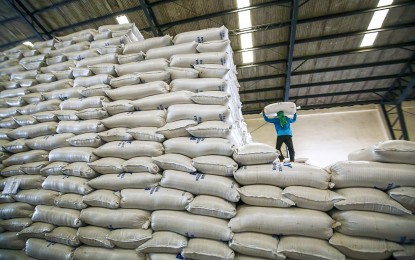Nepal has increased the fee to climb Mount Everest to $15,000
Nepal is raising Mount Everest permit fees by 35%, from $11,000 to $15,000, starting in September. The hike aims to boost revenue and improve safety and environmental efforts. Despite concerns over overcrowding and climate change, experts believe the increase won't deter climbers.

Nepal has announced a significant increase in the permit fees for climbing Mount Everest, marking the first price hike in nearly a decade. Starting in September 2025, the cost to summit the world's highest peak will rise from $11,000 to $15,000 per climber, a more than 35% increase.
Why the Fee Hike?
The Nepalese government says the price adjustment is aimed at boosting national revenue, as the country relies heavily on income from foreign climbers. According to Narayan Prasad Regmi, director general of Nepal’s Department of Tourism, the climbing fees had not been revised in years, making this adjustment necessary.
The new fee structure will apply during the peak climbing season in April and May, when the majority of climbers attempt the ascent via the standard route, first conquered by Sir Edmund Hillary and Tenzing Norgay in 1953.
Climbing Fees for Other Seasons Also Increase
In addition to the peak season hike, Nepal has raised the permit fees for other climbing seasons as well.
- September to November (fall season): The new permit fee will be $7,500, up 36% from the previous rate.
- December to February (winter season): The fee will rise to $3,750, also reflecting a 36% increase.
These off-season climbs are far less popular due to harsh weather conditions, but the new fees ensure that all Everest expeditions contribute more to Nepal’s economy.
How Will This Impact Climbers?
Despite the fee hike, many expedition organizers believe the change will not significantly impact the number of climbers. According to Lukas Furtenbach, the founder of Furtenbach Adventures in Austria, the increase has been under discussion for years, and most climbers are willing to pay the extra cost.
Furtenbach called the decision reasonable, saying he hopes the additional revenue will be used to improve safety measures and protect Everest’s fragile environment. However, Regmi did not specify how the funds would be allocated.
Concerns Over Everest’s Crowding and Environmental Damage
Each year, hundreds of climbers flock to Nepal to attempt Everest and other Himalayan peaks. However, the government has faced mounting criticism over the large number of climbers allowed on the mountain, which has led to overcrowding, safety risks, and environmental concerns.
Experts and mountaineers have repeatedly called for better management of Everest expeditions. Some of the biggest challenges include:
- Overcrowding on summit routes, which has led to dangerous traffic jams near the summit.
- Inadequate waste management, leaving garbage and human waste along the mountain’s slopes.
- Environmental changes, with returning climbers reporting that Everest is becoming drier and rockier, with less snow and ice due to climate change.
To address these concerns, Nepali officials have conducted cleaning campaigns to remove tons of waste from the mountain. Safety measures such as rope fixing and weather monitoring are also in place to help climbers navigate the treacherous conditions.
A Price Worth Paying?
With around 300 permits issued each year, Everest remains a bucket-list challenge for many mountaineers, despite the costs and risks involved. While some climbers may be discouraged by the higher fees, many believe that a better-managed and safer Everest experience is worth the price.
As Nepal moves forward with the new fee structure, all eyes will be on how the government uses the increased revenue—whether it will genuinely improve safety and environmental efforts, or if Everest’s long-standing issues will continue to persist.
What's Your Reaction?







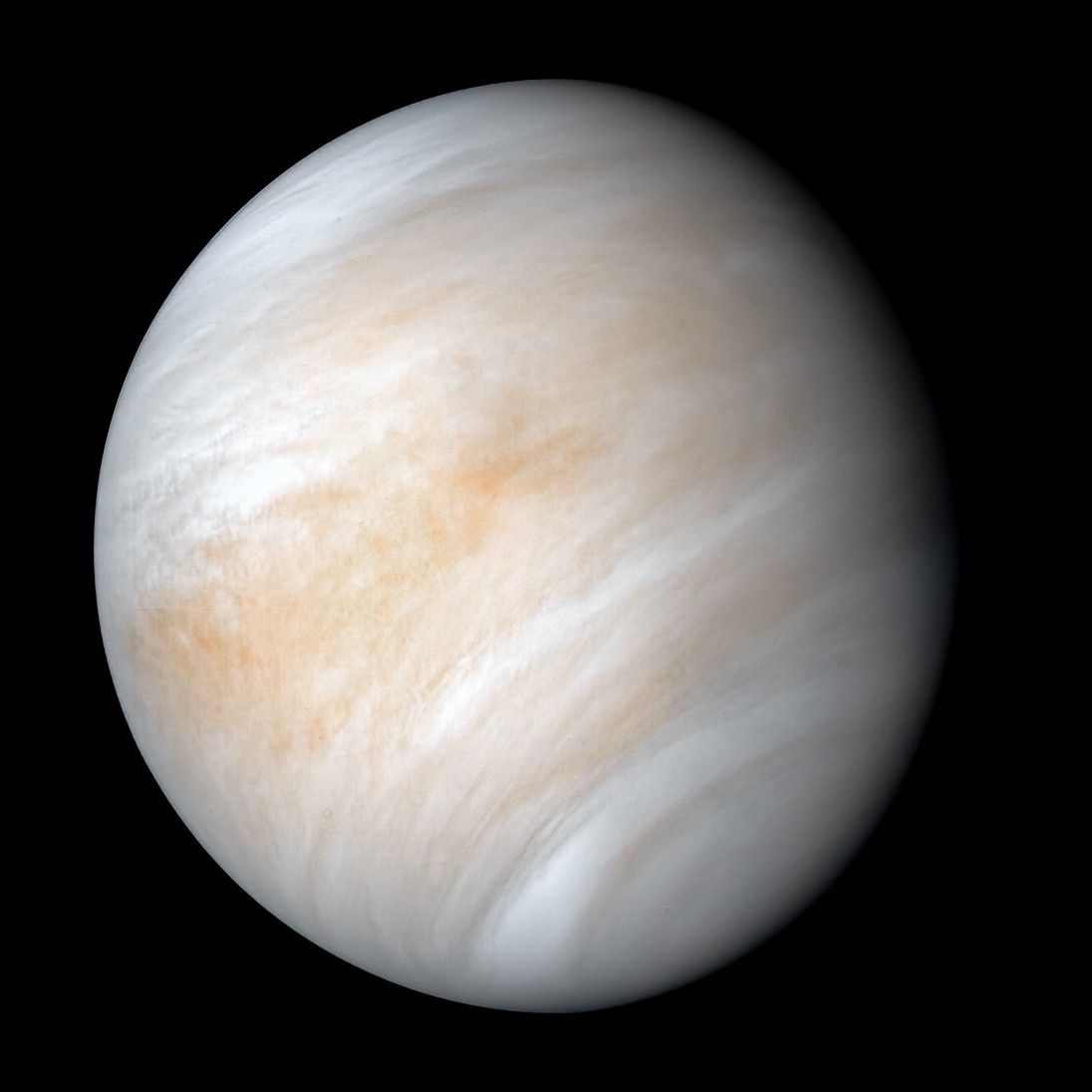



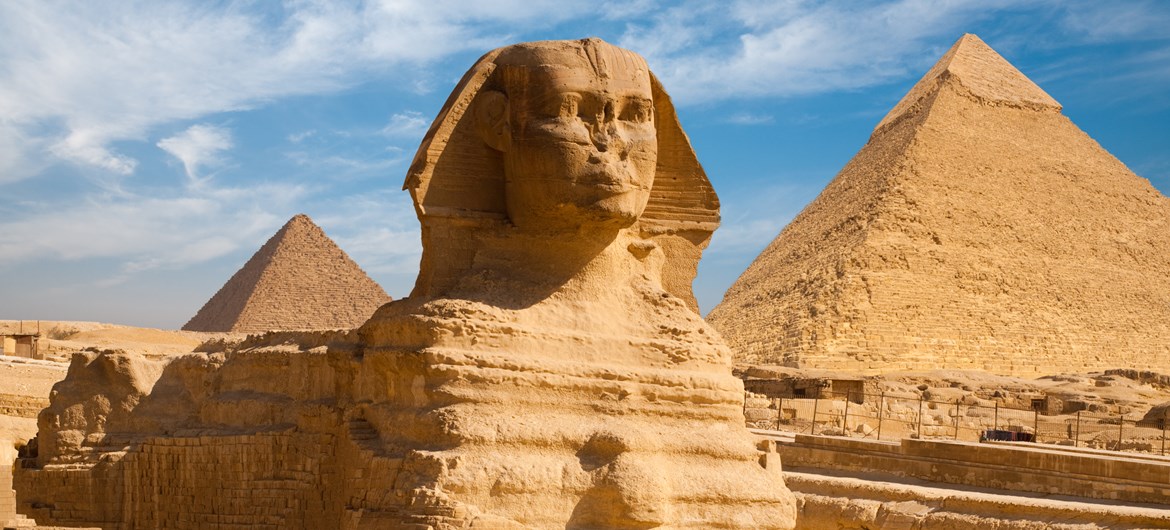
/https://tf-cmsv2-smithsonianmag-media.s3.amazonaws.com/filer_public/54/66/546650fa-26a4-40fd-8d6d-5a7a04540f81/rosetta2.png)
:max_bytes(150000):strip_icc():focal(999x0:1001x2)/robert-prevost-050825-1-39395418ab494da5a3a700c9478e66c8.jpg)


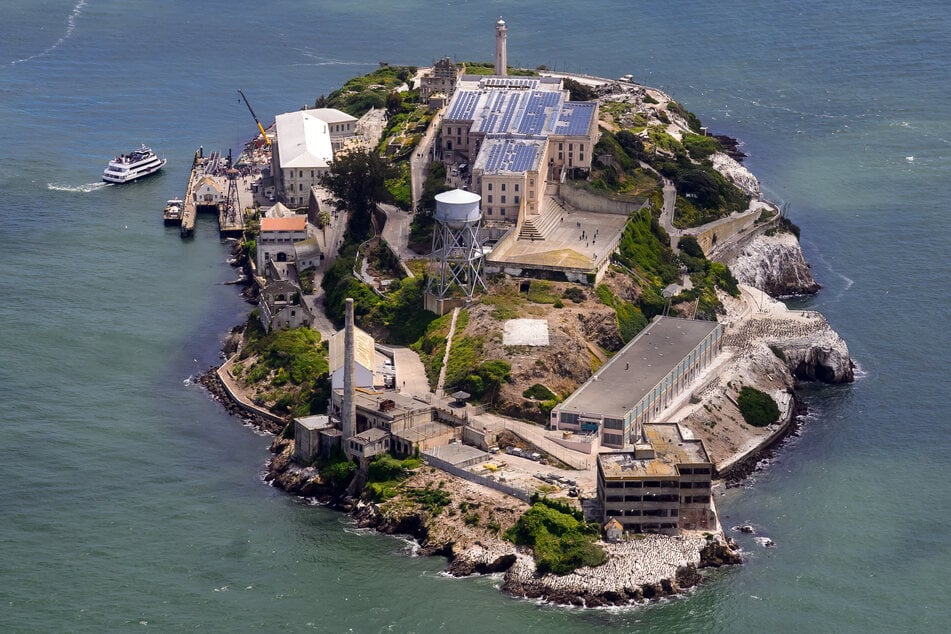
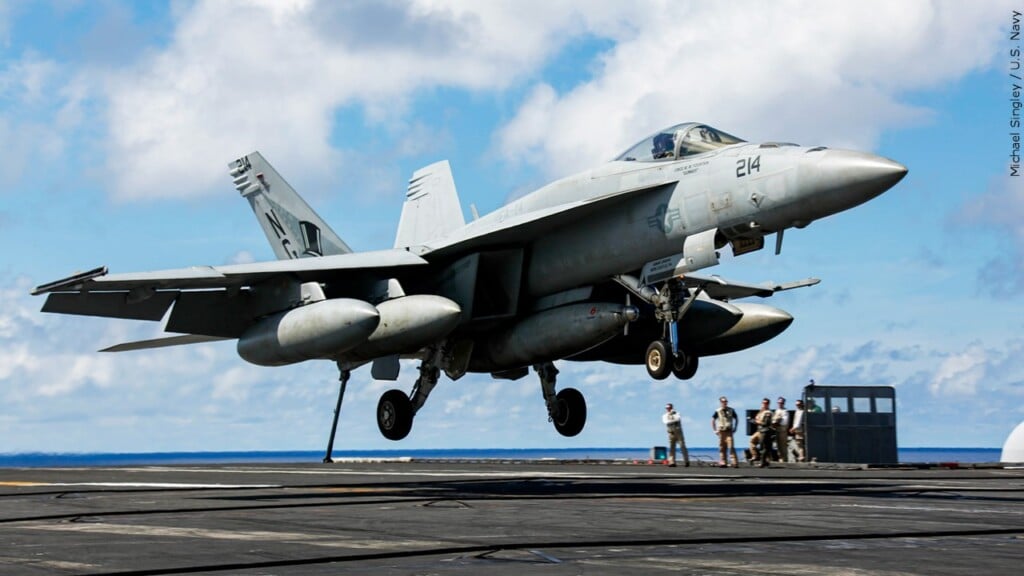















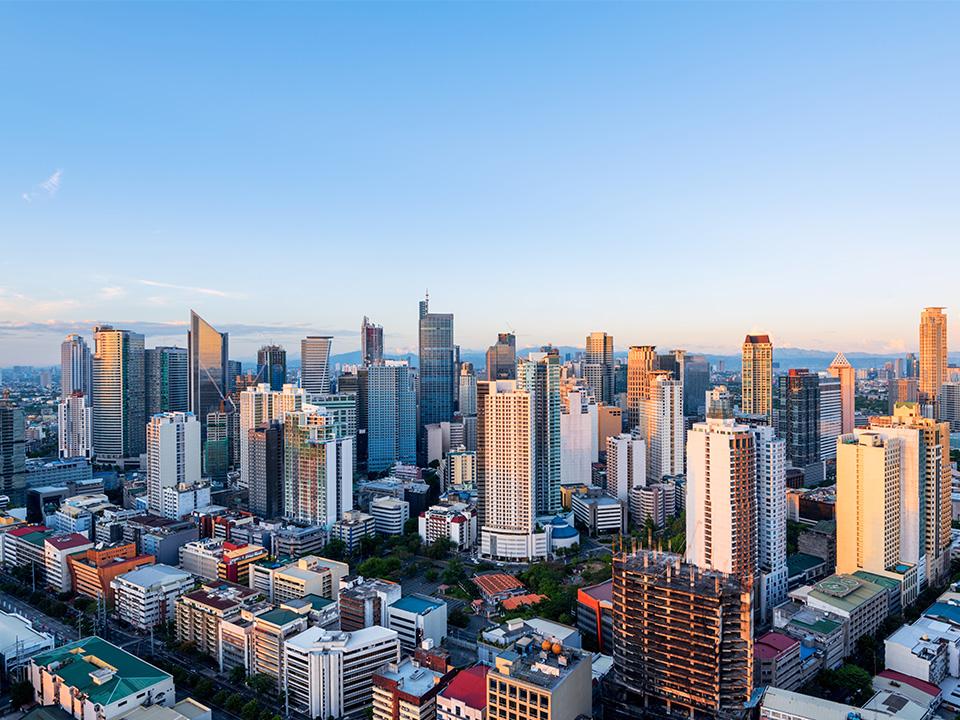






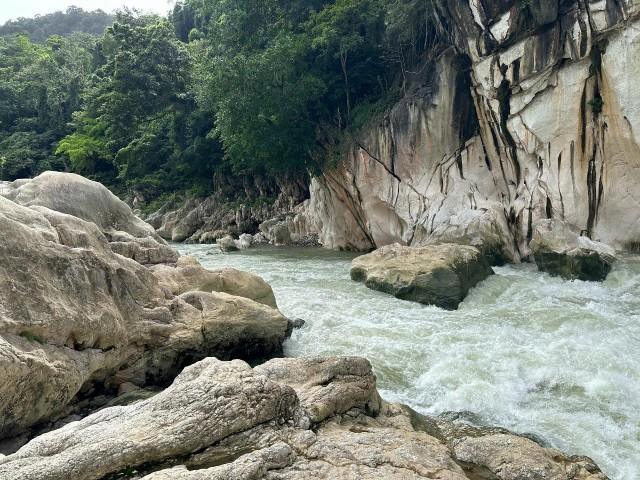




















format(webp))
format(webp))











